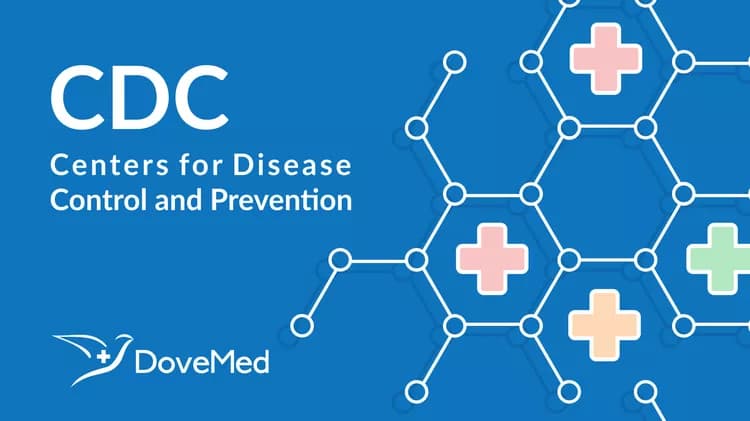
National Birth Defects Prevention Study Shows Assisted Reproductive Technology is Associated with an Increased Risk of Certain Birth Defects
National Birth Defects Prevention Study Shows Assisted Reproductive Technology is Associated with an Increased Risk of Certain Birth Defects
Infants conceived with Assisted Reproductive Technology (ART) are two to four times more likely to have certain types of birth defects than children conceived naturally, according to a study by the CDC. The report, "Assisted Reproductive Technology and Major Structural Birth Defects, United States," was released in the journal Human Reproduction.
"Today, more than 1 percent of infants are conceived through ART and this number may continue to increase," says Jennita Reefhuis, Ph.D., epidemiologist at CDC's National Center on Birth Defects and Developmental Disabilities. "While the risk is low, it is still important for parents who are considering using ART to think about all of the potential risks and benefits of this technology."
The study shows that among pregnancies resulting in a single birth, ART (which includes all fertility treatments in which both eggs and sperm are handled, such as in vitro fertilization) was associated with twice the risk of some types of heart defects, more than twice the risk of cleft lip with or without cleft palate and over four times the risk of certain gastrointestinal defects compared with babies conceived without fertility treatments. Despite these findings, the absolute risk of any individual birth defect remains low. In the United States, cleft lip with or without palate affects approximately 1 in every 950 births; doubling the risk among infants conceived by ART would result in approximately 1 in every 425 infants being affected by cleft lip with or without palate.
The study examined multiple births separately from single births because ART increases the chance of a multiple birth. Children born as part of a multiple birth are more likely to have a birth defect regardless of use of ART. The study showed use of ART did not significantly increase the risk of birth defects among multiple births.
However, ART might contribute to the risk of major birth defects by directly increasing the risk of defects among single births. It may also have an indirect impact because ART increases the likelihood of having twins, which is a risk factor for many types of birth defects. Researchers believe this suggests the need for further studies to determine risk for ART in pregnancies with multiple births.
The study examined data from 281 births conceived with ART and 14,095 conceived without infertility treatments. The National Birth Defects Prevention Study is a population-based study that currently incorporates data from birth defects research centers in Arkansas, California, Georgia, Iowa, Massachusetts, New Jersey, New York, North Carolina, Texas and Utah. These ten centers have been working on the largest study of birth defects causes ever undertaken in the United States. Information is gathered from more than 30,000 participants to look at key questions on potential causes of birth defects. While the causes of most birth defects are unknown, studies show that smoking, alcohol, and obesity increase a mother's risk of having a child with a birth defect.
Since 1981, ART has been used in the United States to help women become pregnant. It is defined as any procedure that involves surgically removing eggs from a woman’s ovaries, combining them with sperm in the laboratory, and returning them to the woman’s body or donating them to another woman. ART does not include treatments in which only sperm are handled (i.e., intrauterine—or artificial—insemination) or procedures in which a woman takes medicine only to stimulate egg production without the intention of having eggs retrieved.
The number of infants born after ART doubled in the United States from 1996 through 2004. According to data from the 2002 National Survey of Family Growth, almost 12 percent of U.S. women aged 15-44 years have reported using infertility services. In 2005, more than 134,000 ART procedures were performed and approximately 52,000 infants were born as a result of these procedures.
For more information about birth defects please call toll free 1-800-CDC-INFO (232-4636) or visit http://www.cdc.gov/ncbddd/bd/facts.htm.
###
U.S. DEPARTMENT OF HEALTH AND HUMAN SERVICES
Related Articles
Test Your Knowledge
Asked by users
Related Centers
Related Specialties
Related Physicians
Related Procedures
Related Resources
Join DoveHubs
and connect with fellow professionals

0 Comments
Please log in to post a comment.